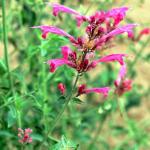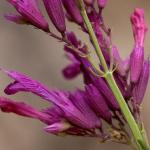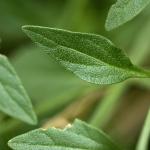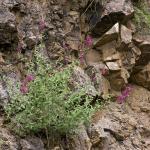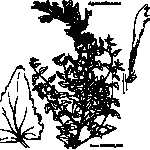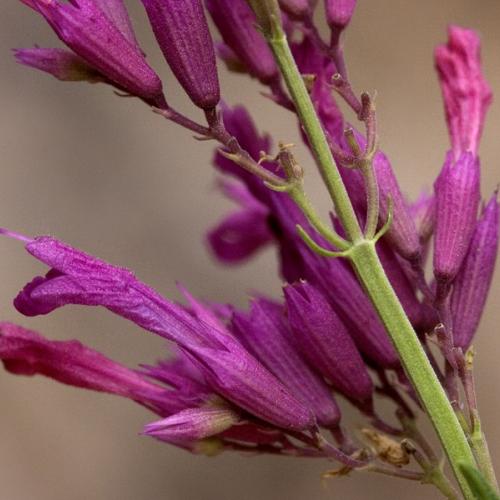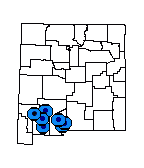Agastache cana (Mosquito Plant)
| USFWS | State of NM | USFS | BLM | Navajo Nation | State Rank | Global Rank | R-E-D Code | NMRPTC Status | Strategy Status |
|---|---|---|---|---|---|---|---|---|---|
| S3 | G3 | 1-1-2 | R | SS |
| Overall Conservation Status | Documented Threats | Actions Needed |
|---|---|---|
| UNDER CONSERVED | No Information |
Surveys to determine rarity |
Henrickson, J. and M.C. Johnston. 1997. A flora of the Chihuahuan Desert region, ed. 1.2, 2 vols. Published by J. Henrickson, Los Angeles (trial version for correction).
Martin, W.C. and C.R. Hutchins. 1981. A Flora of New Mexico, vol. 2. J. Cramer, Vaduz.
*Sanders, R.W. 1987. Taxonomy of Agastache section Brittonastrum (Lamiaceae-Nepeteae). Systematic Botany Monographs 15:1-92.
Wooton, E.O. and P.C. Standley. 1915. Flora of New Mexico. Contributions from the U.S. National Herbarium 19:1-794.
For distribution maps and more information, visit Natural Heritage New Mexico

